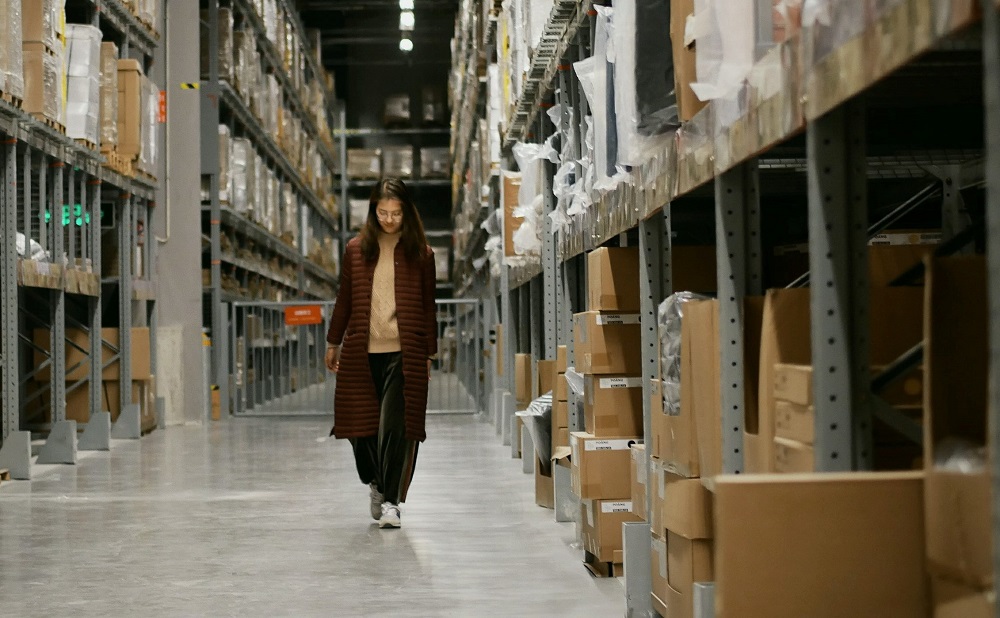Importing from China: What You Need to Know

So you've got a great business idea and with China's low production costs, you're set to start importing your new shiny thing. But what exactly is involved?
China is Australia’s largest two-way trading partner in goods and services, accounting for nearly one third of our trade with the world! (DFAT). So, what types of products do we import from China? It is actually quite a range of items, a few examples are:
- Electronic and electrical equipment
- Machinery
- Furniture
- Plastics
- Toys and games
- Apparel
- Rubbers
- Footwear
- Ceramics – and the list goes on.
However, importing from China is not easy and there is potential for many things to go wrong along the way. Make sure that you consider the following, to ensure the best chance of success!
Reputable Supplier: You’ll need to start with some good homework around the company you are intending to purchase from. It’s easy to get caught up in thinking you have found the best product or manufacturer, but without proper due diligence you could soon find yourself dealing with a ‘suitcase company’. This is an old Chinese term that refers to illegitimate companies and scammers.
Qualifying Product: Once you have decided on a product, check that Australia’s importation rules will actually allow you to bring that product into the country. Some products may require you to have a permit, others will need to be quarantined upon entry – and all goods will need to comply with Australia’s strict safety standards.
Safe Payment: Be careful to check the currency you are working in. In China, the prices are usually quoted in US dollars. That can mean that by the time you convert the costs into Australian dollars, the price you are paying can be much more than you expected.
Even if you are happy to go ahead, arranging payment isn’t simple either! Depending on your supplier, you may have the option to pay via bank deposit, Paypal or telegraphic transfer.
Shipping: It will depend on the size and quantity that you are purchasing as to the best way to ship your goods to Australia. If it is a very small shipment, then you may be able to get away with paying for airfreight. This is much faster, but also much more expensive. If you have a large quantity, then you will need to send the goods via sea freight. You have the option to fill the container yourself (known as FCL or full container load), or to take up a portion of space in a container (known as LCL or less than a container load) and pay by cubic metre.
Bear in mind, it may take up to two months for your goods to arrive. It’s also worth remembering that China has a couple of major holidays during the year – Chinese New Year at the end of January and the Autumn Festival at the start of October. These holidays will see an almost complete shutdown of manufacturing and shipping with large delays to be expected.
Costs of Importation: The costs don’t stop there. Once the goods actually arrive, you’ll need to pay the appropriate taxes and tariffs, such as:
- Import entry costs and processing charges – typically around $200
- Customs duty – usually 5% of price you paid for the goods
- Goods and Services Tax – 10% of the final amount.
Still think that importing from China to Australia is your ticket to a profitable business? It certainly can be, but to ensure the success of your venture it pays to do your homework first!

